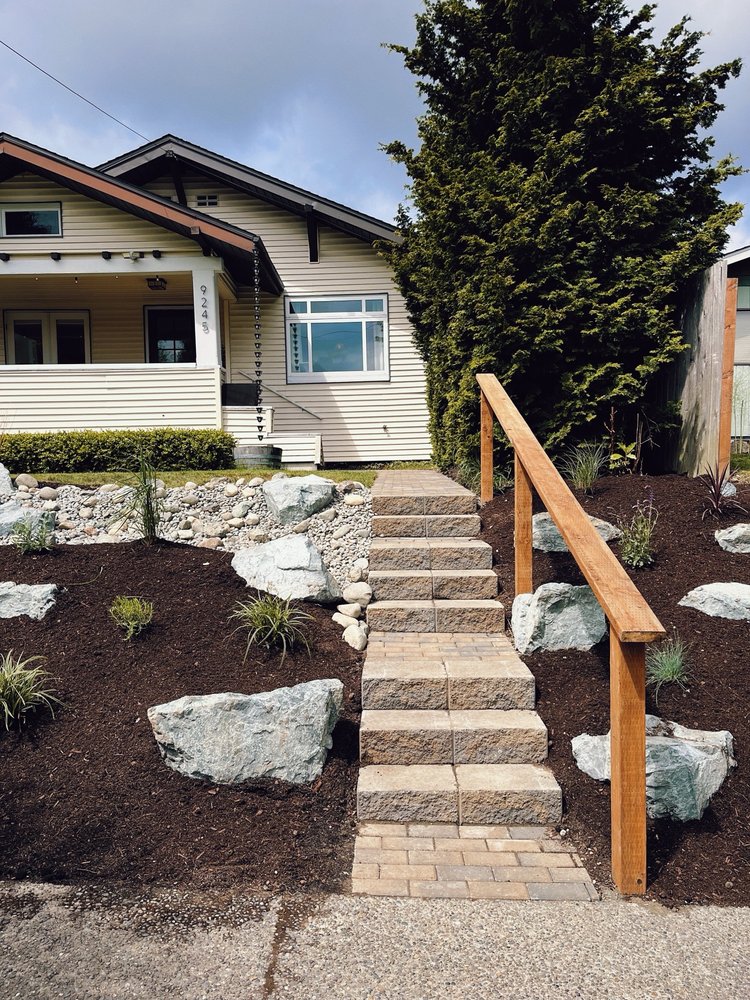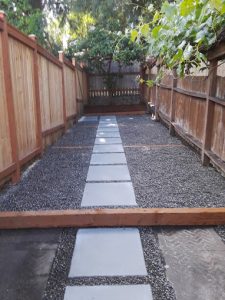Top Tips for Railing Repair and Construction Process
Railing repairs are an essential part of maintaining the safety and aesthetics of your property. Whether it’s for a deck, staircase, or balcony, a sturdy, well-maintained railing is crucial. In this guide, we’ll walk you through the best tips for railing repair and explain the construction process involved. Additionally, we’ll highlight the benefits of hiring a professional contractor to ensure the job is done correctly and efficiently.
Top Tips for Railing Repair
Assess the Damage:
- Start by thoroughly evaluating the damage to your railing. Determine whether the damage is cosmetic, such as scratches or rust, or if structural repairs are needed, like broken posts or loose connections.
- Identify the type of material used in your railing (wood, metal, composite, etc.) as this will influence your repair options.
Choose the Right Materials:
- Select materials that not only match the existing railing but can also withstand Seattle’s variable climate. The wet, often rainy weather demands materials like treated wood, stainless steel, or durable composite that can resist moisture, mold, and rust.
Consider Safety:
- Make sure your railing repair meets the local safety standards and regulations. Railings are critical for safety, especially on decks and stairs, so it’s vital that they are secure, stable, and designed to handle the load.
Hire a Professional:
- While some minor repairs can be handled independently, consider hiring a professional contractor if the damage is extensive or if the railing is part of a high-traffic or elevated area. This will ensure the repair is done safely and correctly.
The Construction Process for Railing Repair
Understanding the basic steps of the construction process can help you prepare for the repair work:
1. Pre-construction:
- Planning and Design: Work with your contractor to design the repair process. This involves choosing materials, understanding the scope of the project, and determining the best approach based on the damage. In some cases, you may need a permit to replace or repair structural elements of the railing, so check local building codes.
- Permits: In Seattle, some railing repairs may require a building permit, especially if the repair involves structural changes or affects the safety of the railing. Ensure all necessary permits are obtained before starting the work.
2. Disassembly:
- If replacing damaged parts, the old railing needs to be carefully disassembled. This may involve removing damaged boards, posts, or fasteners. It’s essential to take this step slowly to avoid damage to surrounding structures.
3. Repair or Replace:
- Repairing: If the damage is minor (such as a small crack in wood or a loose screw), repairing may involve sanding, reinforcing joints, or repainting metal components.
- Replacing: In cases of extensive damage, such as rotted posts or rusted metal components, replacing the damaged sections with new material is necessary.
4. Reassembly:
- After repairs are completed, the railing components are carefully reassembled. Proper alignment and secure fastening are crucial to ensure the stability and safety of the repaired railing.
5. Finishing Touches:
- Once the railing is fully reassembled, you can add decorative touches or finishes, such as painting, staining, or sealing the material to enhance its look and protect it from Seattle’s weather.
Benefits of Hiring a Contractor for Railing Repair
While railing repairs can seem like a DIY project, hiring a professional contractor offers several key benefits:
Expertise:
- Contractors bring years of experience and knowledge to the project, ensuring that repairs are performed correctly and safely. They are familiar with the nuances of different materials and construction methods.
Time-saving:
- Railing repairs can be time-consuming, especially if you’re unfamiliar with the process. A contractor will complete the work quickly and efficiently, saving you valuable time.
Safety:
- Safety is paramount when working with structures that affect the security of your home, especially railings. Contractors follow proper safety protocols and ensure the finished product is up to code, minimizing risks to you and your family.
Quality Materials:
- Contractors have access to high-quality materials and can recommend options that will withstand the local weather conditions, ensuring the longevity of the repair.
Warranty and Liability:
- Reputable contractors provide warranties for their work, giving you peace of mind. If anything goes wrong after the repair, the contractor will handle the issues at no extra cost.
Why Hire a Contractor in Seattle?
When hiring a contractor for your railing repair in Seattle, there are several local advantages to consider:
Local Knowledge:
- Seattle contractors are well-versed in the unique climate conditions and building codes specific to the area. They will know which materials are best for your railing repair, considering the region’s rain, humidity, and temperature variations.
Network of Suppliers:
- Contractors have established relationships with local suppliers, which means they can source high-quality materials at competitive prices, passing the savings on to you.
Efficient Project Management:
- Contractors are experienced in managing projects, ensuring they are completed on time and within budget. They will also coordinate all the necessary steps, from obtaining permits to managing inspections, so you don’t have to worry about the details.
Conclusion:
Railing repair is an important task that enhances the safety and appearance of your home. By following the top tips and understanding the construction process, you can ensure your railing is secure, functional, and aesthetically pleasing. However, hiring a professional contractor provides a range of benefits, including expertise, time savings, and peace of mind. Especially in Seattle, where the climate and local regulations need to be considered, a professional contractor is often the best choice for a safe and successful railing repair project.



















